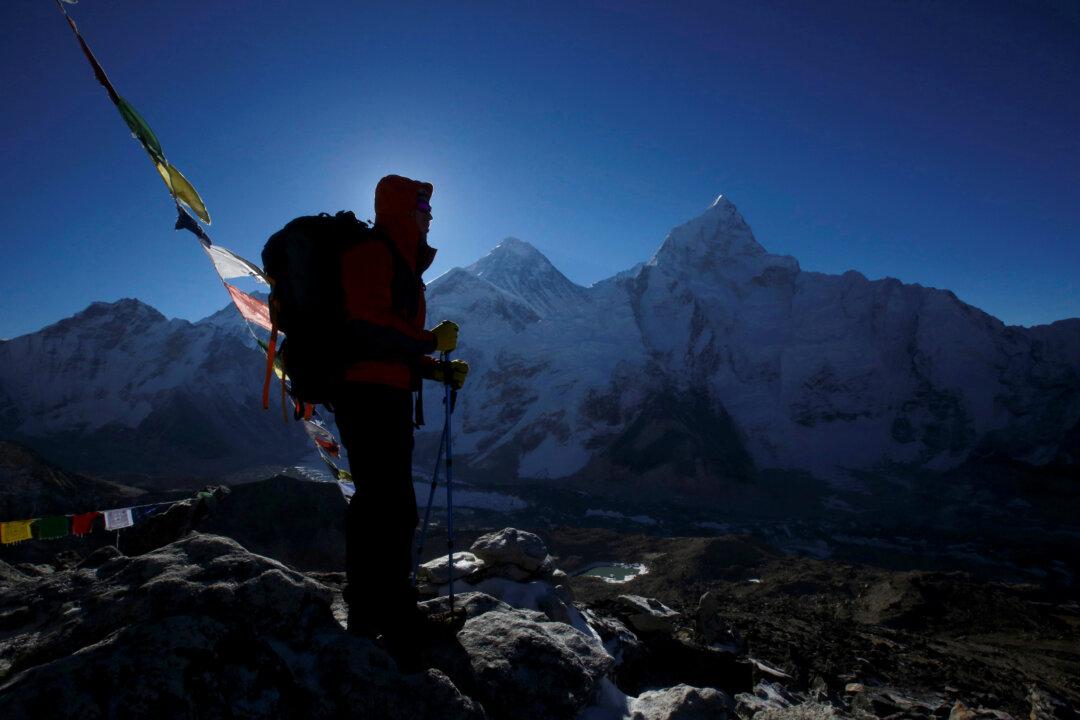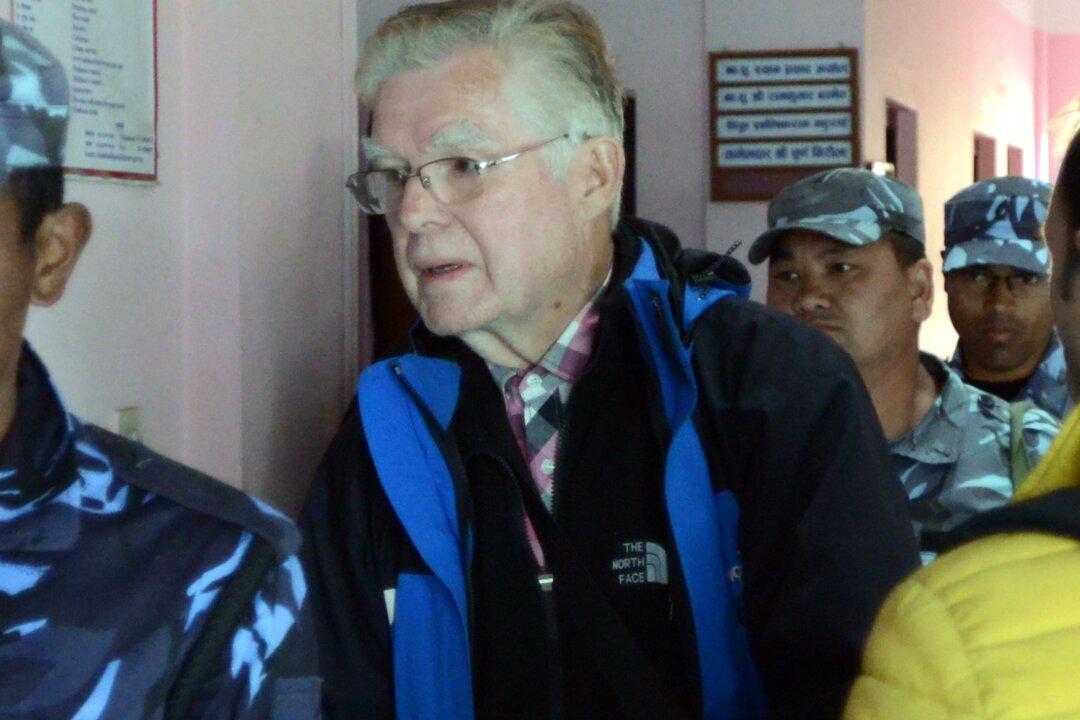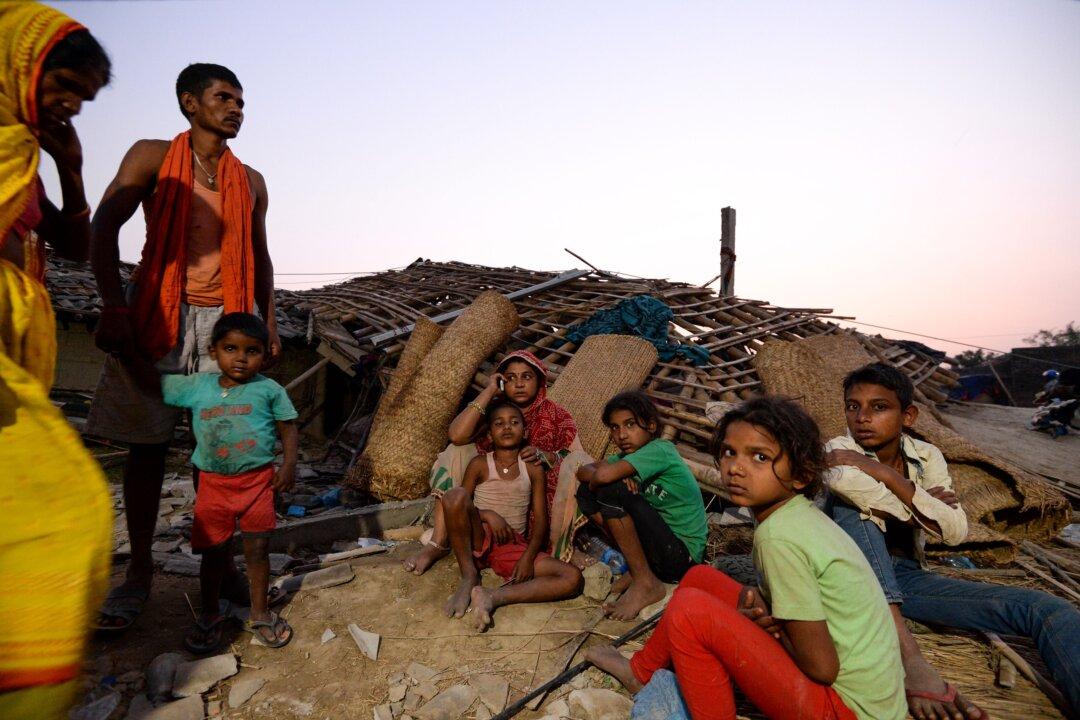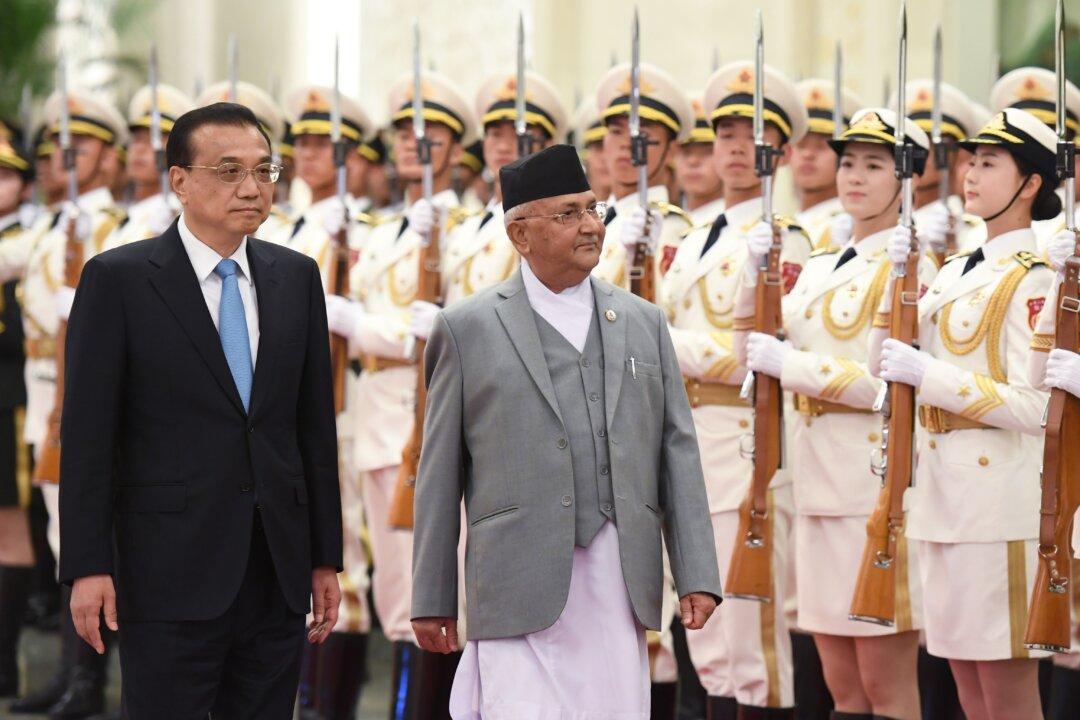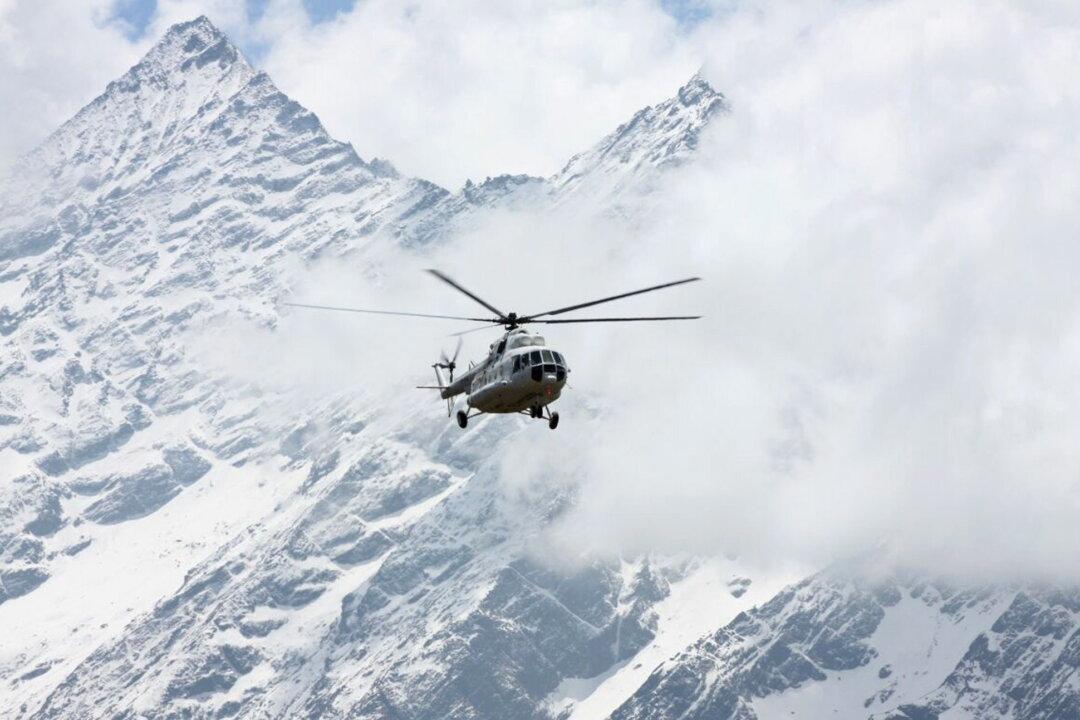KATHMANDU, Nepal—As hundreds of climbers traversed up and down the icy slopes near the summit of Everest in late May, eight mountaineers lost their lives. With two climbers losing their lives in mid-May, the death toll reached 10, marking this year’s season one of the deadliest in the history of expedition on the world’s highest peak.
One British, one American, one Austrian, two Irish, and four Indian climbers, as well as one Nepalese guide, were among the dead in this year’s spring climbing season on Everest. Ten others died on five 8,000-meter peaks in Nepal this season.
